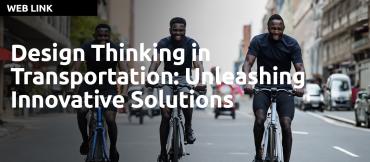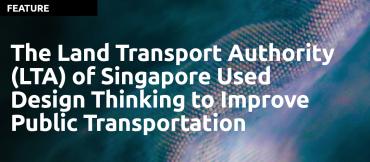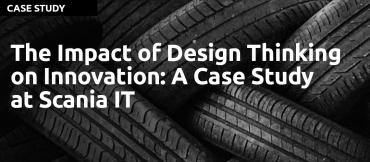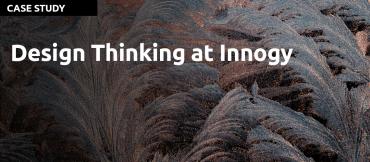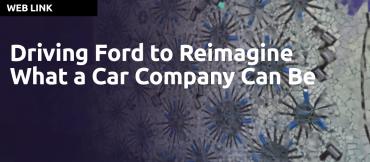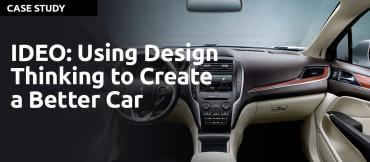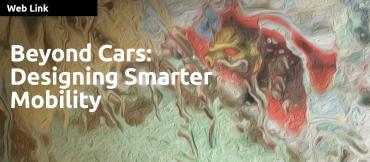
Design Thinking has been successfully used in the Transportation Industry by institutions such as Ford, Lincoln and Madrid's EMT system.
Transportation is a critical aspect of modern society, and design thinking has proven to be an effective tool for improving it. One example of the use of design thinking in transportation is the redesign of bus stops in Minneapolis, Minnesota. The city used a design thinking approach to involve residents in the process of improving bus stops. The project resulted in more user-friendly and accessible bus stops that better meet the needs of the community.
Read case studies on these corporations involvement with design thinking and other thought leadership articles about the use of design thinking in transportation on this page.
Design thinking, a human-centered problem-solving approach, has revolutionized various industries by fostering innovation and addressing complex challenges. In recent years, this methodology has gained prominence in the transportation sector, transforming the way we approach mobility and infrastructure. By focusing on understanding user needs, iterating prototypes, and fostering collaboration, design thinking has enabled transportation experts to develop creative solutions to improve efficiency, safety, and user experience.
Design thinking is a human-centered problem-solving methodology that puts the user at the center of the design process. The approach involves empathy, ideation, prototyping, and testing to come up with innovative solutions that meet users' needs.
In Singapore, the Land Transport Authority (LTA) applied design thinking to improve the experience of using public transportation. Here's how they did it:
Organizational culture represents a crucial factor for the introduction of innovation throughout the organization via Design Thinking and agile way of working. Thus, the organization must establish a culture that encompasses a shared vision with values that create a commitment to learn, experiment and accept failure.
eCarSharing: Energy Solutions for the New Generation
In 2015, Itai Ben-Jacob pitched his own ideas for a viable business model and developed the idea for innogy’s eCarSharing project in a design thinking workshop. His goal was to explore one of innogy’s innovation focus areas, ‘urban mobility.’
At the center of the room sat a new kind of prototype of a vehicle, which had been the focus of a startup-style development team made up of members of purchasing, HR, legal, design, accounting and more...
...This was just one of dozens of war-rooms now filling the buildings of Ford's Dearborn campus, and also in Ford’s campuses around the world. This new kind of problem solving and rapid prototyping were new to the greater Ford team. And while the IDEO team had been alongside Ford through many projects, we had not touched this prototype.
THE CHALLENGE
Remove roadblocks that can compromise the in-car experience for the Lincoln car company.
IMPACT
The final product, the Lincoln MKC luxury crossover, is credited with helping the Lincoln brand outpace growth in the luxury segment by more than two-to-one over competitors.
THE OUTCOME
A pop-up studio where IDEO designers helped departments communicate and collaborate more effectively.
The Challenge: prototype experiments that reframe a car company’s place in the rapidly changing world of mobility.
Cars have changed how we shop, travel, and work; they’ve reshaped our homes, towns, and the world’s infrastructure.
Today, Ford, along with the entire industry, is at an inflection point. As millions around the world move into gridlocked, polluted cities, the allure of owning a shiny new car has dulled.
In this case study the project leaders goal was to improve the experience of bus users on Madrid's EMT system by offering a technological solution to increase the users’ satisfaction with regard to accessibility during the bus trip as well as when waiting for the bus to arrive.
Read more...

